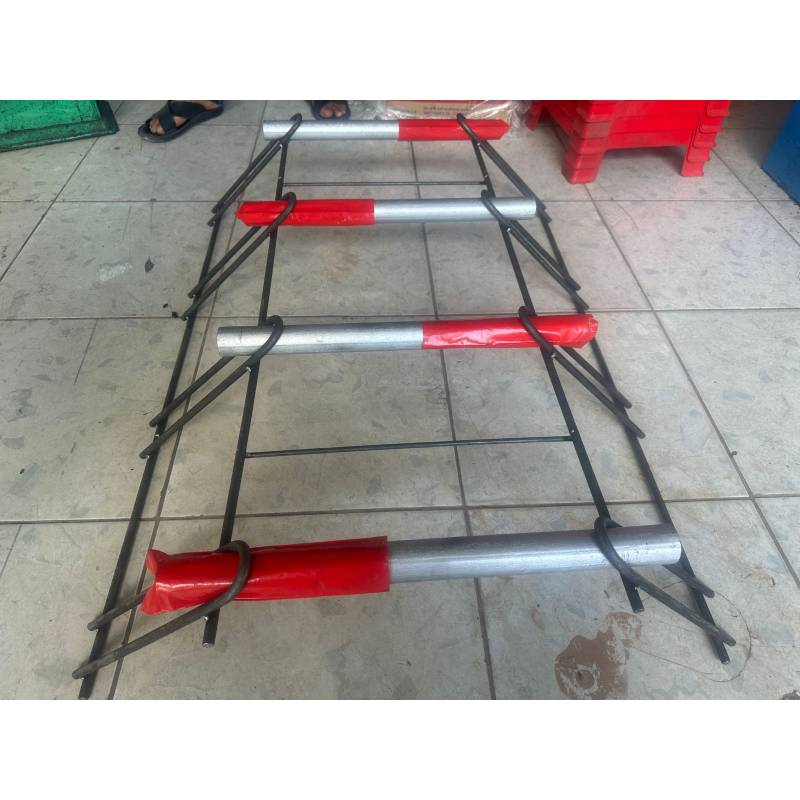
- Mobile Phone
- +8613931874955
- sales@cntcmetal.com
Exploring the Beauty and Diversity of Floral Wire Artistry and Its Creative Applications
The Delicate Art of Flower Wire Crafting Beauty and Elegance
In the world of floral arrangement, every detail counts. Among the myriad of tools and materials available to florists and hobbyists alike, flower wire stands out as an indispensable component. This seemingly simple tool plays a crucial role in creating beautiful and enduring floral designs, providing structure, support, and artistic flair to arrangements.
Flower wire comes in various gauges, with the thickness chosen based on the specific needs of the flowers being used. A finer wire, such as 24 or 26 gauge, is ideal for delicate blooms like daisies or sweet peas, allowing for gentle manipulation without damaging the petals. Thicker wires, on the other hand, are suited for heavy, robust flowers such as sunflowers or roses, ensuring that the stems remain upright and secure. The versatility of flower wire makes it a favorite among floral designers, whether they are crafting bouquets for special occasions or creating elaborate arrangements for events.
One of the primary uses of flower wire is to reinforce the stems of flowers. Many commercially available flowers arrive with weak or cut stems, which can lead to wilting and drooping if not properly supported. By gently inserting a piece of wire into the stem, florists can create a sturdy foundation that maintains the flower's positioning within an arrangement. This technique not only lends longevity to the bouquet but also allows florists to experiment with angles and height, creating dynamic designs that draw the eye.
Beyond providing structural support, flower wire also enables florists to express their creativity
. By using wire to create unique shapes and forms, artists can craft intricate and innovative designs. For instance, wrapping wire around floral foam can help secure it within a vase, allowing for a more structured arrangement. Additionally, twisting and bending wire can produce eye-catching features such as spirals, loops, or even whimsical accents that enhance the overall aesthetic of an arrangement.flower wire

Furthermore, flower wire can be combined with other materials to elevate floral designs. For instance, decorative ribbons can be intertwined with wire to soften the look of an arrangement, adding texture and color. Similarly, incorporating beads or charms along the wire can transform a simple bouquet into a personalized statement piece, perfect for weddings, anniversaries, or other significant events. When used thoughtfully, flower wire can transform a traditional floral arrangement into a work of art.
Environmental considerations are also becoming increasingly important in the floral industry. Fortunately, many suppliers are recognizing this trend and providing eco-friendly options for flower wire. Made from biodegradable materials or recycled metals, these wires enable florists to create their designs while being mindful of sustainability. As consumers become more conscious of their impact on the environment, florists who incorporate these sustainable practices into their work may find themselves appealing to a broader clientele.
Yet, while flower wire is a powerful tool in the hands of skilled florists, it does require practice and expertise to master. A well-designed arrangement not only needs the right tools but also demands an eye for balance, color, and proportion. Therefore, engaging in floral design workshops or online tutorials can significantly enhance one's skills in using flower wire effectively.
In conclusion, flower wire is more than just a practical tool; it is a gateway to limitless creativity in floral design. Its ability to provide support, enhance structure, and allow for artistic expression makes it a beloved choice among florists. As trends shift towards sustainability, the floral industry finds itself at a crossroads of tradition and innovation, with flower wire playing an essential role in shaping the future of floral artistry. Whether you are a novice or a seasoned professional, mastering the use of flower wire is a step towards unlocking the full potential of floral design.
share:
-
Yard Sign Stakes: Reliable Guardians of Outdoor SignsNewsAug.04,2025
-
Wall Ties: Invisible Guardians of Building StabilityNewsAug.04,2025
-
Resilient Web: The Super Guardian Power of Concrete MeshNewsAug.04,2025
-
Masonry Accessories: A versatile assistant on building foundationsNewsAug.04,2025
-
Iron Binding Wire: the 'invisible reinforcement specialist' in the fields of architecture and industryNewsAug.04,2025
-
Dynamic Spring: The diverse functions and excellent performance of Wire Tension SpringNewsAug.04,2025
-
Your Source for Concrete Wall Ties and Masonry AccessoriesNewsJul.10,2025



















